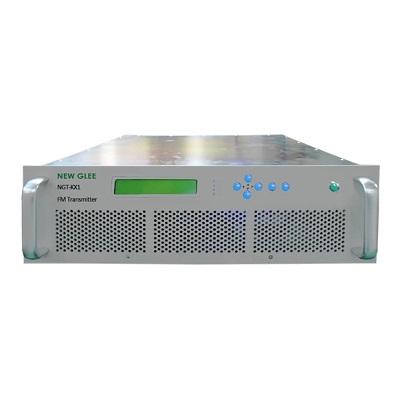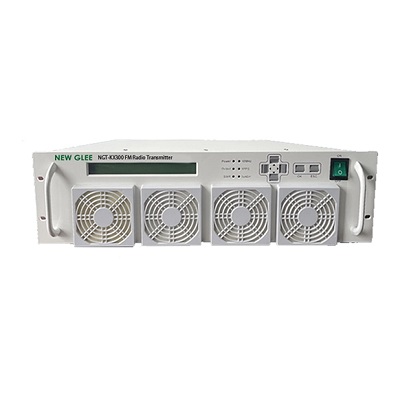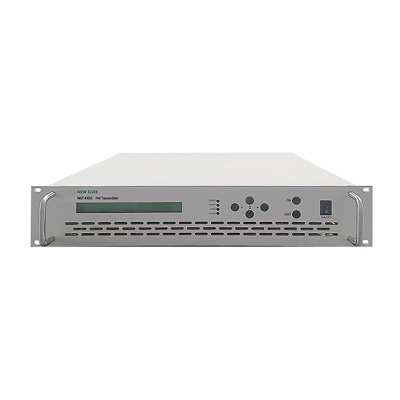In today's rapidly developing information society, radio remains one of the earliest mass communication media and continues to play an important role in information dissemination, cultural transmission, and public service. With its clear sound quality, strong anti-interference capability, and stable transmission, the FM broadcast system has become one of the most widely used broadcasting systems globally.
This article will provide a professional scientific introduction to the FM broadcast system, covering its components, working principles, core advantages, and typical applications.
The FM broadcast system refers to a complete system that uses frequency modulation technology to modulate audio signals onto a certain frequency of radio frequency carrier. This is then broadcast through a transmitting antenna and demodulated by receiving terminals (such as radios) to restore the audio content. This system typically covers a city, a region, or even the entire country.
FM broadcast generally uses the 88MHz to 108MHz range within the VHF band. This range provides moderate transmission distance and high signal quality, making it widely used in music stations, traffic broadcasts, news channels, and other fields.

A complete FM broadcast system usually includes the following core parts:
This includes microphones, audio processors, mixers, etc., used for collecting and processing audio content to ensure the sound quality meets broadcast standards.
The audio signal is sent to the modulator, where it is superimposed onto a high-frequency carrier through the principle of frequency modulation. The FM transmitter then amplifies the modulated signal to sufficient power.
Used to radiate the high-frequency signal into the air to achieve wide coverage. The antenna system design must match the transmission power, frequency, and terrain conditions.
Such as portable radios, car radios, and mobile phone FM modules, allowing users to receive and restore the original audio content through the frequency modulation receiver.

Superior Sound Quality: The FM broadcast utilizes frequency modulation to provide strong anti-interference capability, effectively resisting common interference like lightning and engine noise, thus offering sound quality far superior to traditional AM (amplitude modulation) radio.
Stable Signal: The FM signal exhibits good transmission stability, making it highly adaptable to urban and suburban environments and performing well for mobile reception (e.g., in vehicles).
Mature Technology: FM broadcast system technology is very mature, with low construction and maintenance costs, making it the preferred transmission solution for small and medium-sized radio stations.
Easy Deployment: Whether for local broadcasting, campus radio, or temporary event relays, FM broadcast systems can be quickly set up and flexibly respond.

Although FM broadcast is a traditional analog radio system, its underlying infrastructure is evolving towards digitalization. For instance, standards like DRM+ are trying to introduce digital signals within the FM band, improving spectrum efficiency, audio quality, and interactive features. Meanwhile, FM broadcast systems are gradually integrating with mobile communications and internet platforms, forming a new ecosystem of multi-platform collaborative dissemination.
With its mature technology, stable sound quality, and easy operation, FM broadcast remains one of the mainstream broadcasting methods globally. As broadcasting technology continues to evolve in the future, the FM system will continue to integrate new technologies to provide high-quality information services and cultural enjoyment to the public.
